
The New Year fireworks of 2019 were not the endpoint of the 2010s. Neither was Brexit on 31 January 2020 – the event was too regional to qualify. Instead, COVID-19 has put down a dramatic exclamation mark. Even if it is tempting and absolutely necessary to look ahead right now so as to understand how social institutions, including art institutions, should react to the pandemic, this text will – in accordance with the invitation – take on the decade we have left behind.
The 2010s began in 2008 with the economic crisis, provoked by speculation in the financial market. In the years since, causes and measurable consequences for nations and corporations have been thoroughly scrutinised and mapped out, but we have yet to see similarly comprehensive studies of the consequences for art institutions or artists’ practices.
In the Nordic countries, the deregulation of financial institutions and the ensuing economic circumstances led to varying degrees of change in the wake of 2008. Iceland experienced a major crash, where the protest took on a performative character with pots and lids, as well as the humorous nickname, “the fleece revolution.” Three commercial banks were nationalised, and Iceland was confronted with billion dollar claims from the Netherlands and the United Kingdom. In Norway, 2008 was experienced as less dramatic, but with the oil crisis in 2014–2016, the effects of the recession made themselves manifest. Still, this was quite a negligible blow compared with what happened to other oil producing nations like Venezuela. Trust in – and respect for – public institutions dwindled as states proved unable to hold the guilty parties accountable, and the way economic, legal, and political institutions were perceived changed. Even if the exposure of the state’s weak position in relation to the financial market ought to have caused changes in the logic of public institutions – including cultural ones – across the board, it is difficult to trace radical changes in art institutions, and the Western art institution in particular. It seems that art has survived the ‘detonation’. Upon closer scrutiny, however, cracks are beginning to show.
The 2010s was a decade where singular events and collective actions gained much attention in the public sphere. The decade began with large demonstrations in many parts of the world – the protests in Iran over the presidential elections of 2009, as well as those taking place in Tahrir Square in Cairo, Occupy Wall Street in New York, and the demonstrations of “Los Indignados” in Spain in 2011 are obvious examples. The latter led to the establishment of Podemos, a left political party which became the country’s third largest in the 2015 elections. In 2016–2017, the Dakota Access Pipeline protests – known online as #NoDAPL – took place at Standing Rock, with contributions from numerous artists. “Water protectors” defending drinking water, historical burial sites, and culturally significant places had to yield shortly after Donald Trump took office and issued orders that the much-disputed oil pipelines would be constructed after all.

Solidarity and alliances
I spent the first part of the 2010s editing the book Self-Organised (Hordaland Art Centre/Open Editions, 2013) together with the Danish curator and former dean of the Art Academy in Oslo, Stine Hebert. Ironically, our collaboration began during a meeting organised by Nordic Culture Point, an institution founded by the Nordic Council of Ministers, perhaps one of the least self-organised entities in Nordic cultural life. The anthology explored how “the alternative” had been appropriated by “the institutional.” Since the 1990s, curatorial visions had been understood as significant for institutional change, a matter that has also drawn criticism. In order to renew themselves, institutions, particularly in Northern Europe, appropriated the methods of non-institutional, self-organised, and often artist-run initiatives. The renewal, in other words, didn’t come from the institutions themselves, or as a consequence of artists’ resistance towards the traditional structures of the institutions; it arrived with the curator.
In 2005, artists Anthony Davies, Stephan Dillemuth, and Jakob Jakobsen wrote ‘There is No Alternative: THE FUTURE IS (SELF-)ORGANISED’, also referred to as ‘TINA1’, where they specifically discussed this challenge.
In our capacity as workers with a political commitment to self-organisation we feel that any further critical contribution to institutional programmes will further reinforce the relations that keep these obsolete structures in place. We are fully aware that ‘our’ critiques, alternatives and forms of organisation are not just factored into institutional structures but increasingly utilised to legitimise their existence.
Despite the precision of this criticism and the obvious legitimacy of its point of view, ‘TINA1’ also opened for speculation on whether institutions could also be “self-organised,” in the sense of operating outside the established logic and customs of the field. Curators had been more than just predators prowling the woods of innovation and vanity. Rather, curators had been working independently of both the institution and “the alternative scene,” acting as “instruments of change,” thus contributing to the creation of new methods for meaning production within the institutions. During the decade in question, however, it became obvious that perceived autonomy was being replaced by complex entanglements. The intricate networks arising from globalisation, together with the awareness that neoliberal self-realisation no longer presented a solution, led to a new sense of solidarity and to internal alliances which would replace the self-organisation previously revered. At the same time, institutions were both weakened and strengthened by networks intensifying other concerns than those pertaining to the profession itself.

“The desired outcome of self-organisation is not the affirmation of the self, the individual, the institution – it’s in the negation of these relationships,” Davies, Dillemuth, and Jakobsen affirm in ‘There is No Alternative: THE FUTURE IS (SELF-)ORGANISED PART 2’. The text was published in the book Self-Organised, mentioned above, eight years after ‘TINA1’. Their attitude, in other words, had changed. The development they pointed out in 2005 had become so predominant in the art field, that they suggest that you need to work against each other in order to act in a self-organised fashion. If we follow their argument to its extreme conclusion, it can be read as an encouragement to withdraw from the art field altogether. Today, it seems obvious that no such withdrawal took place on a scale sufficient to permanently affect the Western art institution. People’s trust in this institution had survived the dramatic opening of the decade.
Yet, in the 2010s a marked collective disgruntlement with institutions that operate according to logics belonging to the period before 2008 can be traced. As there was no comprehensive economic overhaul of the art field, the art market kept – and even strengthened – its influence. During the annual International Committee for Museums and Collections of Modern Art, (CIMAM) conference in 2014, art collector and lawyer Luiz Augusto Teixeira de Freitas made the following remark:
The art world presents itself today, among the legally accepted commercial practices, as the most unregulated field of financial operations. It could be argued that the art market has replaced the private equity market of the 80’s and the hedge funds of the 90’s. The power and influence exercised by private collectors, curators, gallerists and auction houses acting according to their own rules and codes of conduct can be a danger for the general public and for the art world.
In 2009, the curatorial collective What How & for Whom (WHW), comprising Ivet Ćurlin, Ana Dević, Nataša Ilić, and Sabina Sabolović, developed a method that gained international traction, while at the same time garnering institutional opposition. As curators of the Istanbul Biennial, they exposed what ‘everyone’ knows about biennials by looking more closely at their own edition: none of the artists got paid; they were financed by sponsors offering sums of a magnitude that make invitations difficult to decline, no matter how the money has been earned; and almost half of all exhibiting artists lived in the West. The exposure was visualised as statistics on economy and representation, accompanying visitors through the exhibition and the publications. It was a curatorial tool for “thinking out loud” about what it means to create art and curatorial projects in a contemporary capitalist world. While the WHW project’s impact on the international art field should not be overstated, it nonetheless exemplifies a time when curators explicitly investigated what direct impact their projects could have.

Cracks and organisation
Curators in Norway and Denmark organised themselves on opposite ends of the decade. During the spring of 2011, The Norwegian Association of Curators was founded, and at the end of 2019 Curatorial Forum was launched in Denmark. From being perceived as a sign of precarisation and neoliberal takeover, hybrid forms of work had become a chosen reality, also for curators as they increasingly elected to remain outside the institutional machinery. What the Norwegian Association of Curators and Curatorial Forum indicate is that within a shared horizon of experience, where the field is precarious through and through, one solution could be to set the political and professional agenda. The Norwegian Association of Curators has focused on professional forums as well as presenting an index of living conditions for curators. Employing the format of the labour union, the curators have chosen a long-established method for getting their message through in the Nordic public sphere, and thereby emerging as a community. The special interest organisation, inspired by the legacy of labour unions, is adopted by the curators in both countries – like artists in the region have done for decades. The way the curators have organised themselves indicates that during the last ten years, an interlinking of complexity, networks, and solidarity has taken place. Where the individual, represented by the curator, stood out as an agent of change in the 2000s, the last decade seems to demonstrate that joint action, rather than individual visions, is the most suitable tool for making larger institutional changes in the art field.
Movements
In 2013, demonstrations in Gezi Park in Istanbul against gentrification and the authoritarian regime of President Recep Tayyip Erdoğan, had a direct impact on the city’s biennial, when artists who were supposed to work in public space were transferred to ‘safer’ spaces. Local artists worked, and continue to work, as activists, and many of them were prosecuted after having signed online campaigns against the actions of the Turkish state in Kurdistan. Israeli financing of the 31st Bienal de São Paulo provoked discussion among artists, and open plenary sessions were organised every night on the ground floor of Oscar Niemeyer and Hélio Uchôa’s Pavilhão Ciccillo Matarazzo during the installation of the exhibition, with the purpose of achieving a unified response. In August 2014, sixty-one out of sixty-eight artists sent an open letter to the board of the biennale, in which they opposed Israel’s use of the biennale to “normalise itself.” Manifesta 10 in St. Petersburg in 2012 was criticised for not taking a stand against the rise of violence against the LGBTQI+ population in Russia. While the curators in São Paulo immediately responded to the criticism with a letter of support on the following day, preparing the ground for a compromise between the parties, Manifesta and its curator Kasper König turned a deaf ear.

The 2014 Biennale of Sydney was criticised for the way Transfield Holdings, the biennale’s main sponsor since its founding, accommodated Australia’s controversial immigration policy by operating offshore immigration detention facilities for asylum seekers. (Which it kept doing until 2017.) Nine artists boycotted this edition of the biennale after art educator and mediator Matt Kiem wrote an open letter, followed by a petition signed by forty-six out of ninety-two artists in the biennale, among them the Norwegian artists Bodil Furu and Ane Hjort Guttu. The biennale eventually cut all ties to Transfield. “We have listened to the artists who are the heart of the Biennale and have decided to end our partnership with Transfield effective immediately,” it said in a press release. In a similar vein, Warren Kanders was forced to resign from the board of the Whitney Museum in New York in 2019, after eight artists pulled out of the Whitney Biennial in protest, following information that tear gas produced by Kanders’s company Safariland had been used against people crossing the border between Mexico and the United States.
Controversy surrounding international biennials continued throughout the decade. Political authorities decided to close Aichi Triennale in Japan in 2019, after thousands of reports about inappropriate and offensive art works. Support for the triennale came from the art field also in this case, and eighty-seven of the ninety artists in the triennale signed a petition demanding it reopen and to gain political independence.
Art prizes also elicited protests: the four finalists to the BelgianArtPrize in 2019 withdrew when their nominations were announced and the Belgian art community reacted because of the jury’s decision to only nominate “straight, middle-aged, white, urban men.” The award for 2019 was consequently cancelled. That same year, the Turner Prize was subverted as the four nominated artists Lawrence Abu Hamdan, Helen Cammock, Oscar Murillo, and Tai Shani asked to share the prize, so as to champion community, diversity, and solidarity – a request that the presenter of the prize, Tate Britain, as well as the jury consented to.
Collective action also took place in the Nordic countries during this decade. The Statoil Art Award was boycotted both loudly and more humbly; artists and musicians discussed their desire to spur greater debate in the press and among professionals, and several of them declined their nominations. Most striking in the Nordic region, however, were the campaigns that emerged in relation to a series of art institutions. In Helsinki, the plans presented in 2011 for a Guggenheim museum were met with opposition from artists as well as politicians. This led to the establishment of a new publicly supported cultural institution in 2013, Checkpoint Helsinki (which in 2017 changed its name to Publics). In Sweden, several art institutions garnered support from the art community; among them, Kalmar Art Museum and Lunds Konsthall received the most attention. The dismissal of Kalmar Art Museum’s director, Bengt-Olof Johansson, in March 2015 caused two artists to withdraw from the board in protest. Several voices from the Swedish art field took part in the debate which led to Johansson’s reinstatement in May the same year by a newly appointed board. When the board of Tromsø Kunstforening dismissed the Director Leif Magne Tangen in 2016, artists protested by pulling their contributions from the coming program and The Norwegian Association of Curators issued a public statement. Here too, the director was reinstated shortly thereafter by a newly appointed board. At present, another conflict over leadership is taking place in Tromsø, at Northern Norwegian Museum of Art, where the artists Joar Nango, Inger Blix Kvammen, and Trygve Luktvasslimo have stepped down from the board after a decision to abruptly end Director Jérèmie McGowan’s fixed-term contract. In 2014, Lunds Konsthall was weathering a storm. In this case, the lines of conflict were clearer and the attention among artists was more pronounced, as it wasn’t problems internal to the institution at stake, but rather a challenge to the principle of political autonomy. An extensive petition campaign was launched in support of the konsthall and Director Åsa Nacking.

In this year’s March edition of Frieze, art theorist and critic Melissa Gronlund writes: “Instead of making protest works, artists are now protesting. They are responding to the infrastructural ties between the realms of culture and those of conflict – whether military, financial or ecological.” The events mentioned above, together with other incidents like them, can be interpreted in various ways: one would be that explosive short-lived protests are an effective tool when art institutions are put under pressure and artists, curators, and directors promote change or stability. The reaction is strongest among those who are living the situation first-hand – artists, as a rule – and the information then spreads through different online communities, either through the distribution of open letters or as links to petitions that build a critical mass. In the period when #MeToo was at its peak, the art field mobilised in many different ways. In the US, the editor-in-chief of Artforum stepped down after the publisher of the journal, Knight Landesman, in a high-profile case, was charged with repeated incidents of sexual harassment. In an open letter signed by artists, critics, curators, and directors of art institutions, Landesman was reproved, and simultaneously the signatories obliged themselves to follow up on similar cases in the art field.
Well-organised
Echo chambers generated by social web’s intractable algorithms are often talked about with a negative emphasis, but they can also be seen as arenas where attitudes can be discussed and mutual support and planning can take place regardless of geographical and other borders. Anyhow, these chambers have undeniably played an increasingly significant role since 2008. A glance at the aforementioned book Self-Organised can help us grasp just how long a decade can be when it comes to changes in attitudes and habits. As one of the editors, I have access to a searchable .pdf of the whole text, and to my surprise, I have found that the term “social media” doesn’t even appear once. Even if Facebook- and Whats App-activism are routinely ridiculed, it could also be the case that such ubiquitous ‘sofa activism’ has contributed to the recovery of a collective combative spirit in the art field.* It offers a simple and effective means to inform great numbers of people about initiatives like boycotts, to distribute declarations of support or condemnation, and to reveal hidden connections – granted that they are not too complex, of course.
Artists withdrawing works from exhibitions or from art prize nominations send strong signals which become exponentially more powerful when they spread digitally. The digital commons expands the artist’s range of action. Digital ‘democracy’ facilitates mobilisation for single issues and opens up a horizon of experience beyond the physical. At the same time, it makes it possible for anyone to get organised. Yet, the day where examples like those mentioned above will provoke radical changes in the art institution, is still far into the future.

We live in a time when the structures that have historically made it possible to develop a critical relationship to artistic practice, together with the social and political models that supported them, are being dismantled. Because of this, it is now imperative to think of new modes of organisation that are neither inherited, nor imposed.
This is what curator Pablo Lafuente wrote at the beginning of the decade. Since then, the art fields tied to Western art institutions haven’t shown any sign of finding ways to organise that break notably with established practice. The absence of structural change can in part be attributed to the lack of economic reform where institutions broadly and critically scrutinise their financial sources. A recent display of such deficit in critical judgment on the part of a Norwegian institution, is the sponsorship agreement from 2019 between the National Museum and Fredriksen Family Art Company Ltd – commonly referred to as the “Fredriksen sisters” in the media. The agreement was supported by Trine Skei Grande, then minister of culture and gender equality, who brushed aside objections from the cultural sector – all the way up to the supranational organisation International Council of Museums (ICOM), which oversees museums’ professional and ethical standards – as “unreal,” adding that “every time someone tries to share with the public sector, they get yelled at.”
The challenges facing institutions, including those in the Nordic region, such as populism, demands for increased profitability, and the dismantling of professional leadership, have only intensified since 2008. The scrutiny of public institutions, such as banks following the financial crisis, has not taken place within the Western art institution, which consequently have maintained their organisational structures and continue to operate as before. From the vantage point of a publicly funded art field like that of the Nordic region, the further entanglement of private capital, politics, and art institutions has continued, as many of the examples above testify. Even if the campaigns presented here are praiseworthy for their active resistance to dirty capital and defence of the principle of autonomy, no viable course has been established for translating the work made on a microlevel to the macrolevel, nationally or internationally. In order to provoke a well-organised – and for some, dramatic – conclusion to this long decade, we might have to analyse the art institution with long-term changes in mind. The idea might not be revolutionary, but perhaps the crisis we currently find ourselves immersed in can re-establish a broader community capable of offering a more unified resistance to the dismantling of the art institution that we are witnessing – or enable us to collectively imagine long-term alternatives together, with room for complexity and nuance, simply because the crisis touches us all and has put discrimination and privilege in even more glaring contrast to each other.
– Anne Szefer Karlsen is a curator, editor, writer, and Professor in Curatorial Practice at the Faculty of Fine Art, Music and Design, University of Bergen. Szefer Karlsen’s writing has appeared in journals such as Afterall, Billedkunst, and Kunstkritikk, and in artist monographs, as well as anthologies such as Plasticity of the Planet: On Environmental Challenge for Art and Its Institutions (Mousse Publishing, 2019), and Of(f) Our Times: Curatorial Anachronics (Sternberg Press, 2019). Her current research circles experiences of living in petrostates, for an upcoming international group exhibition at Stavanger Art Museum, Norway, autumn 2021.
Translated by Anders Dunker.
* I want to thank Léna Szirmay-Kalos for pointing me towards this argument.
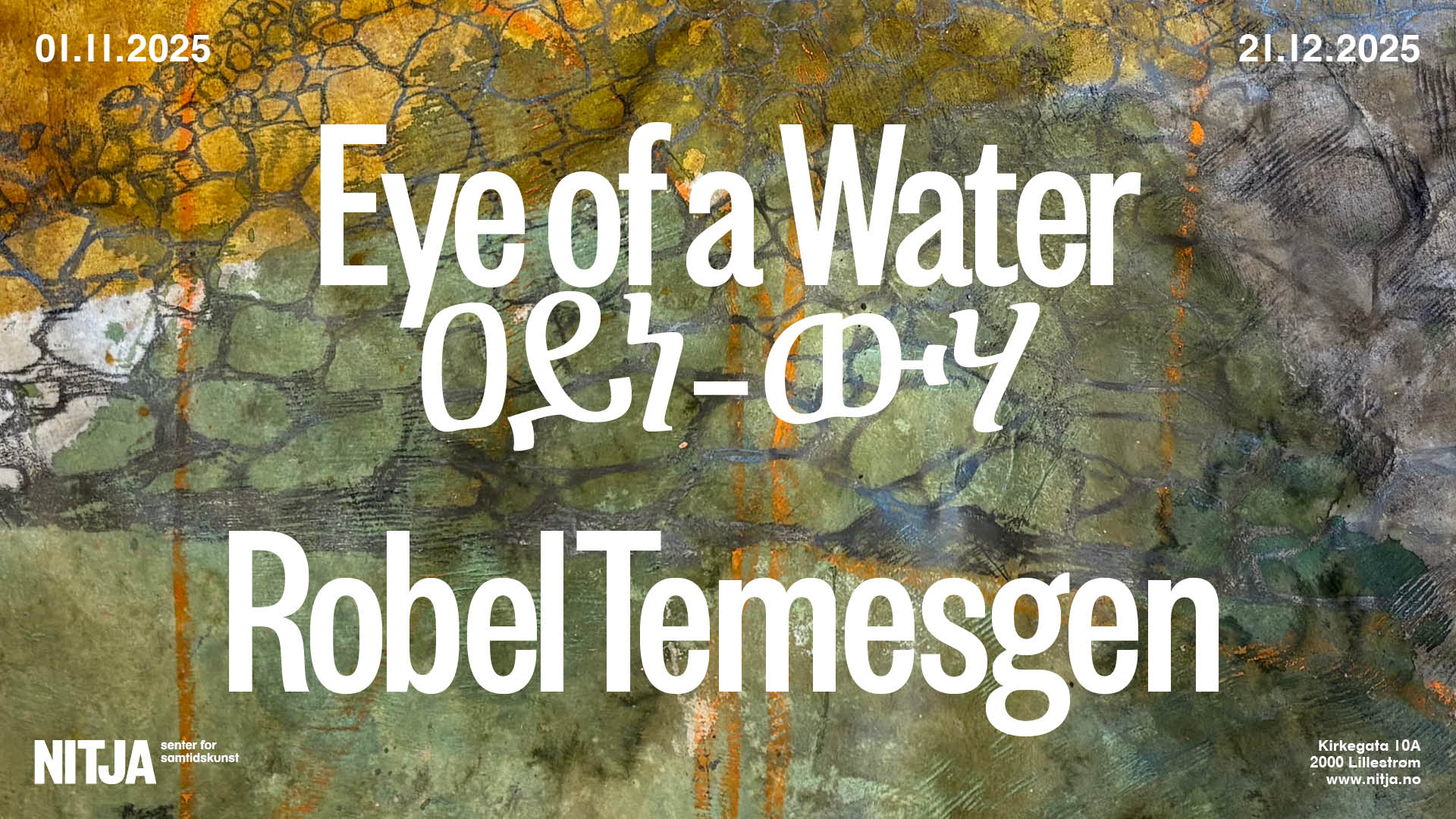
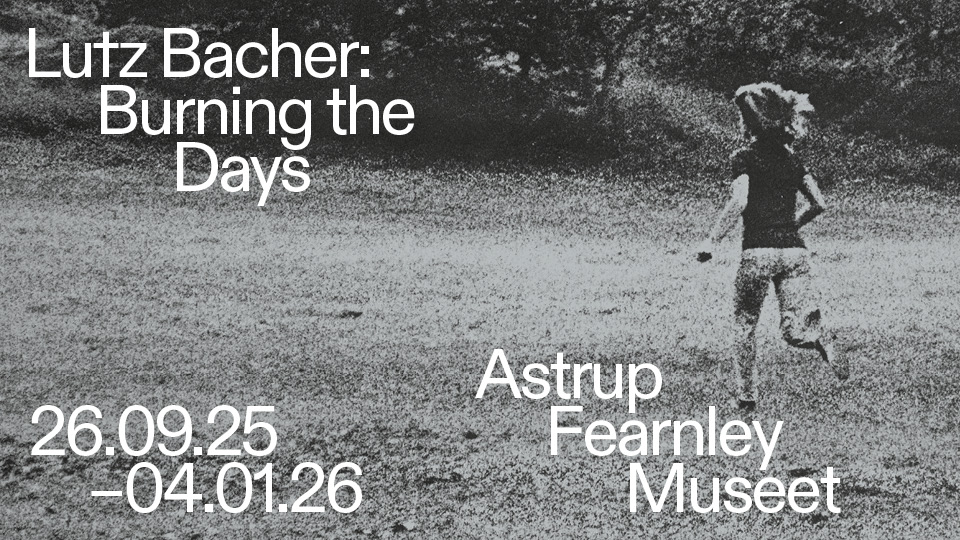
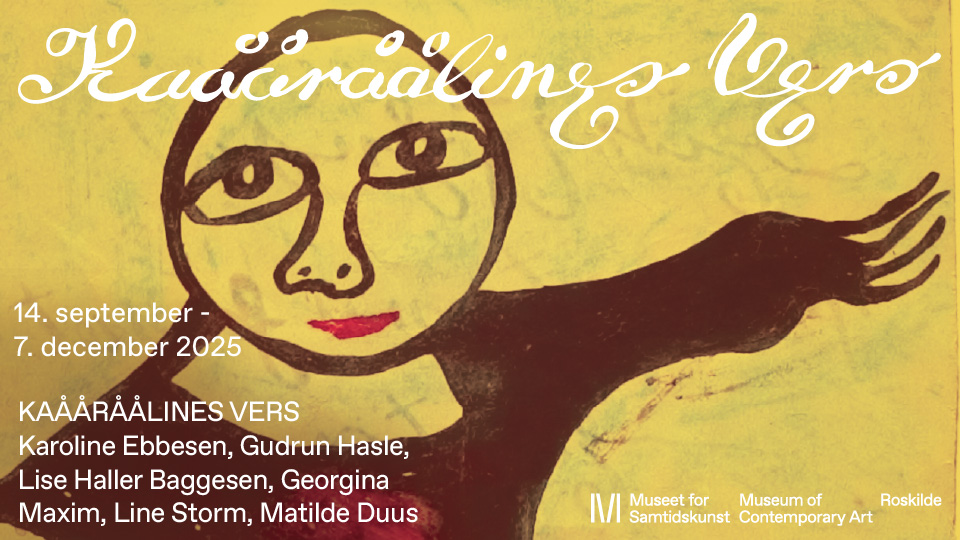
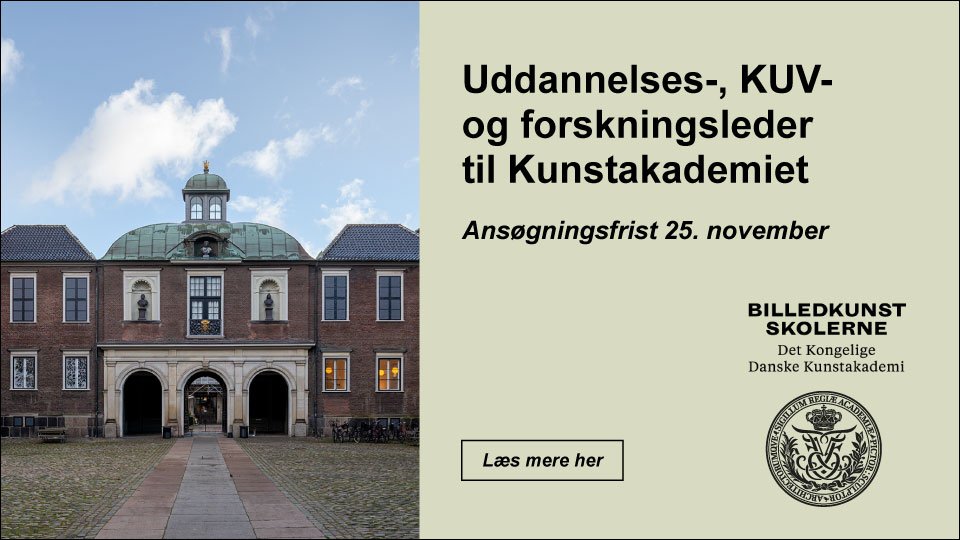
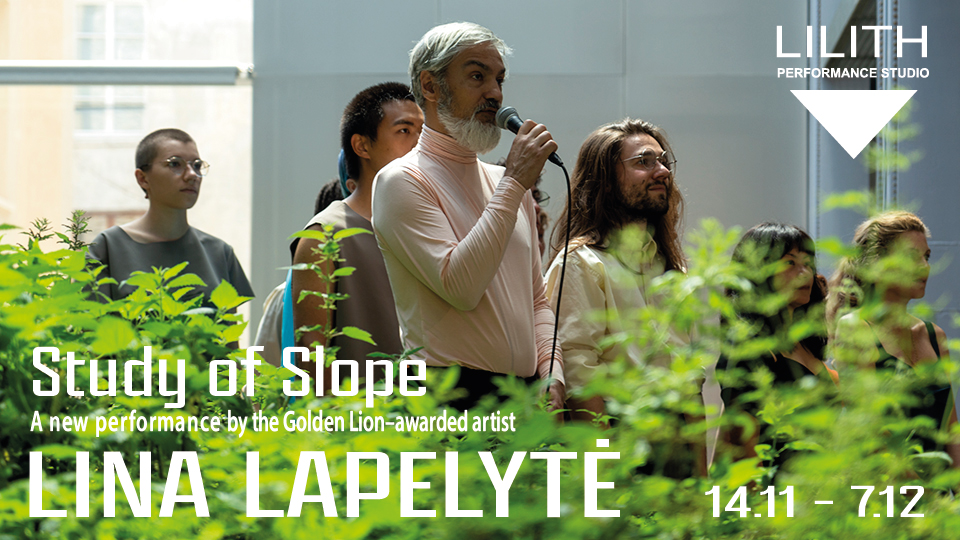
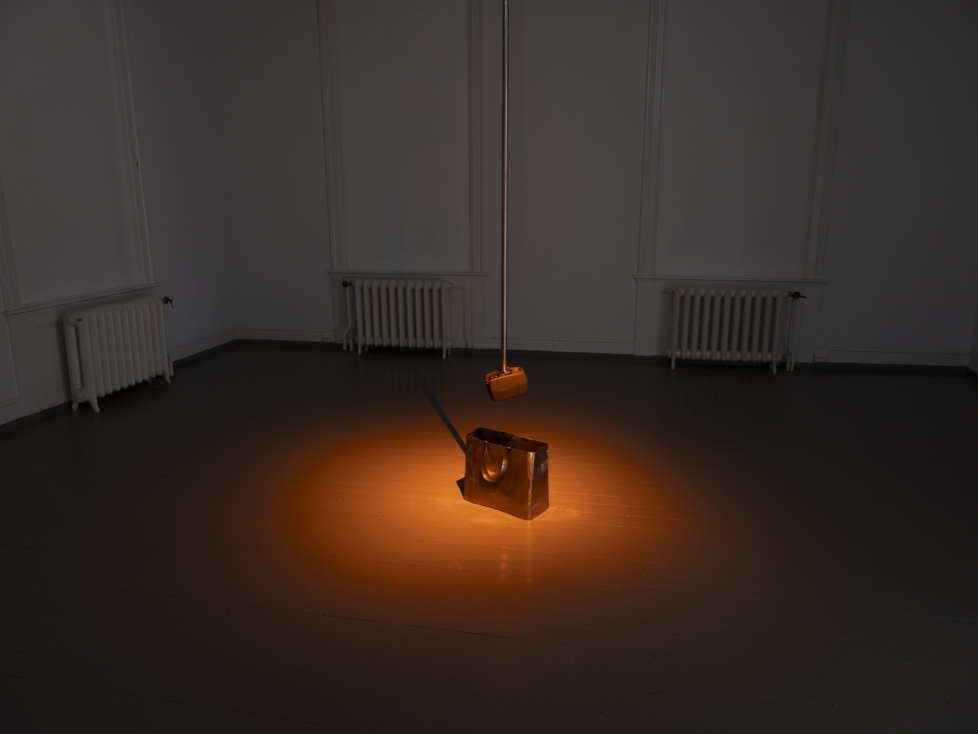
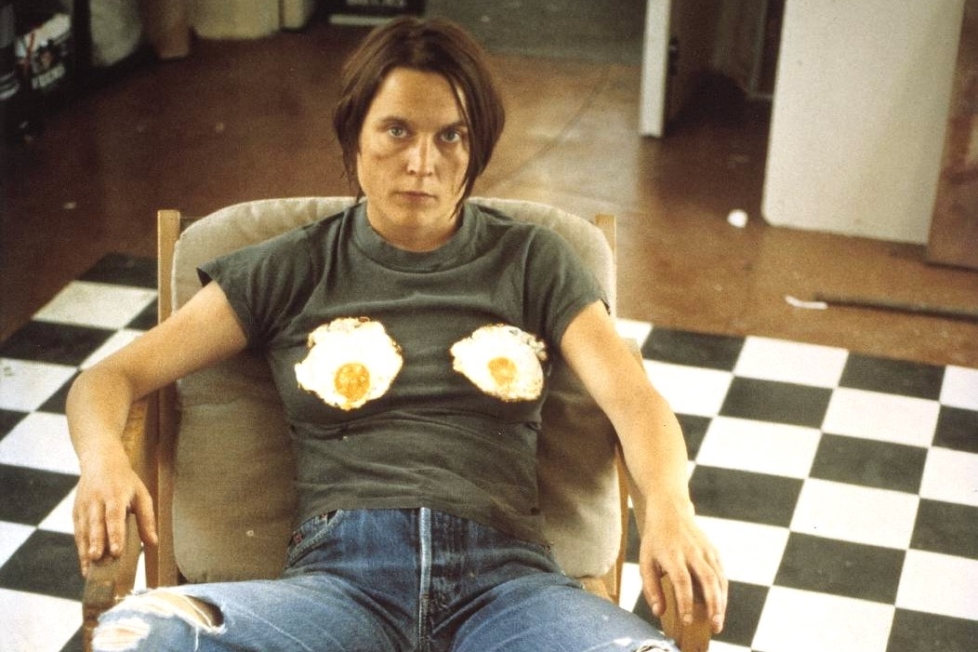
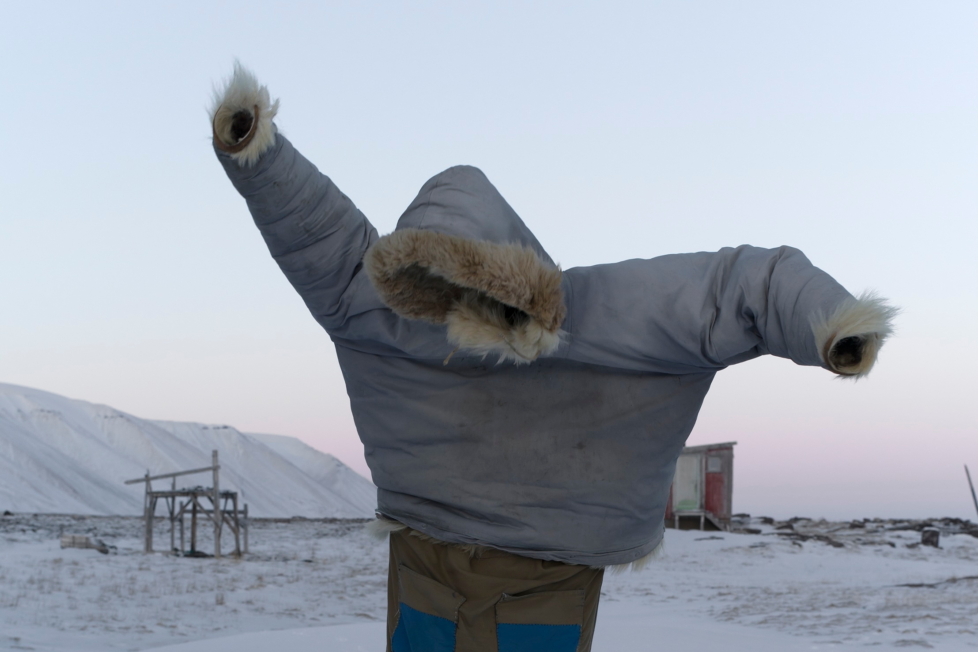
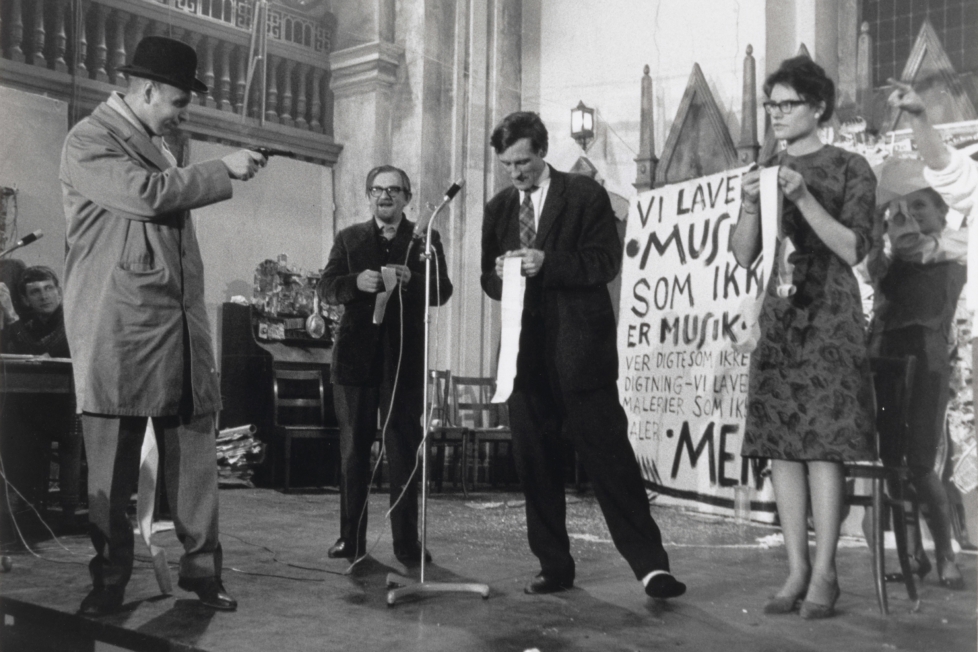
Diskussion